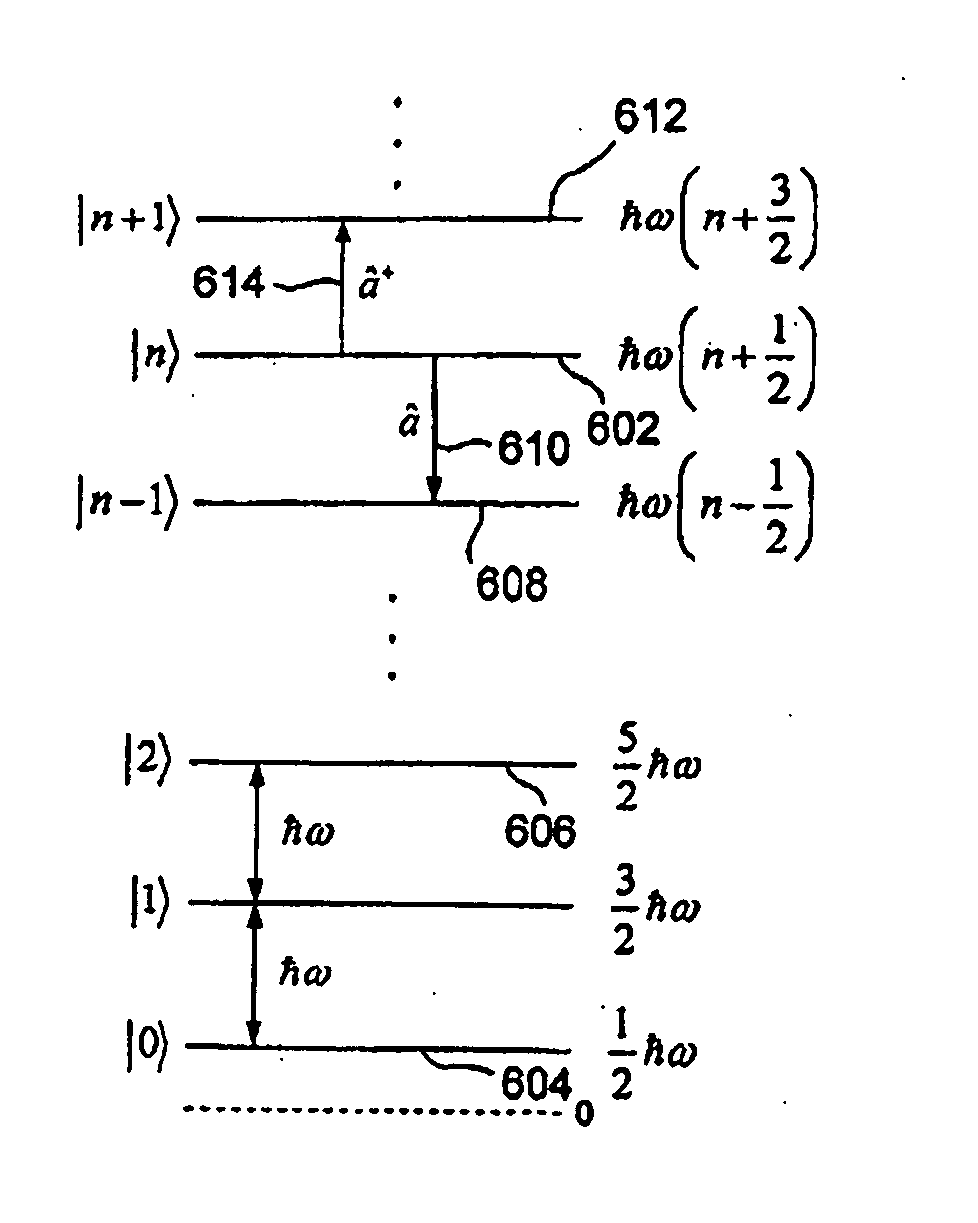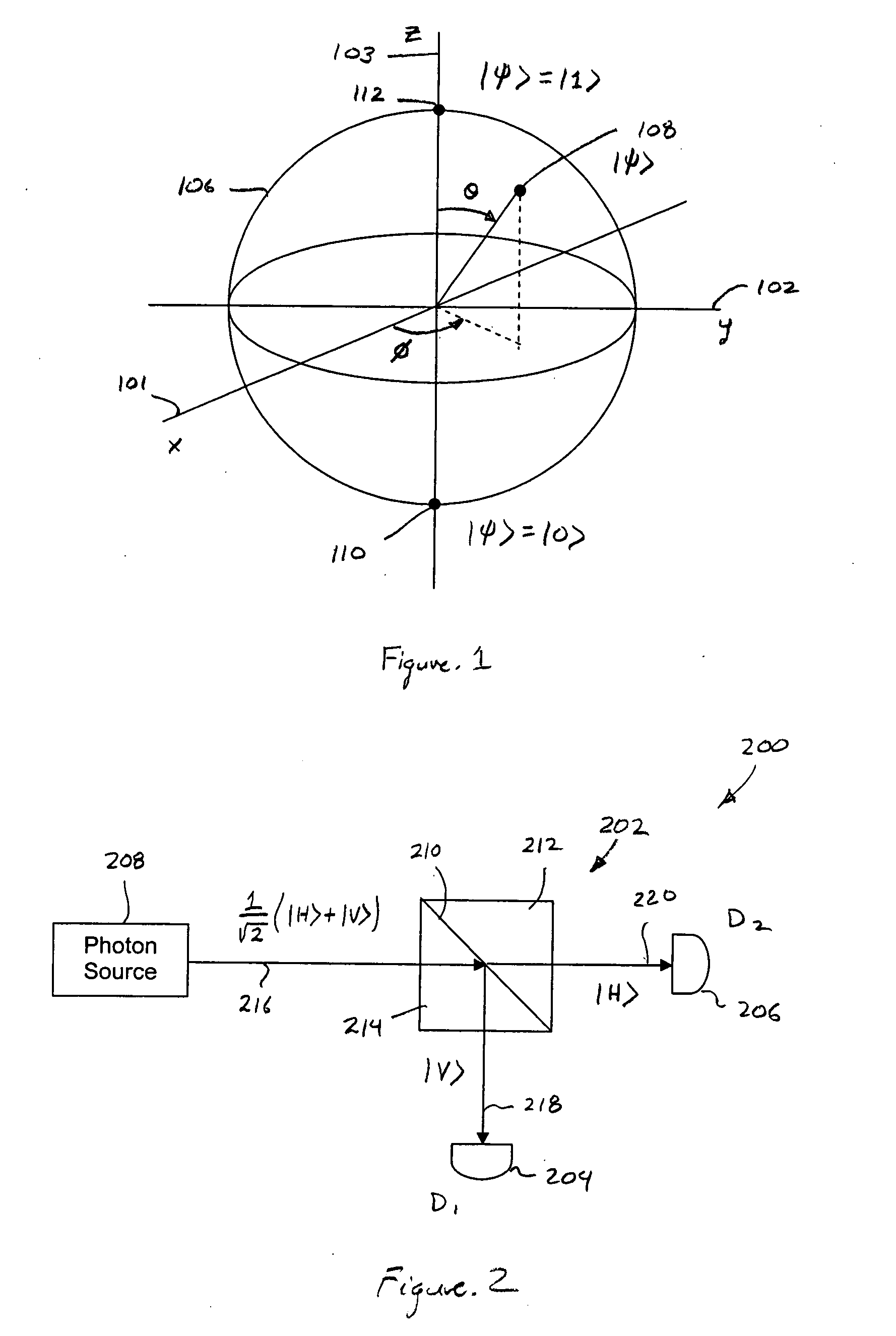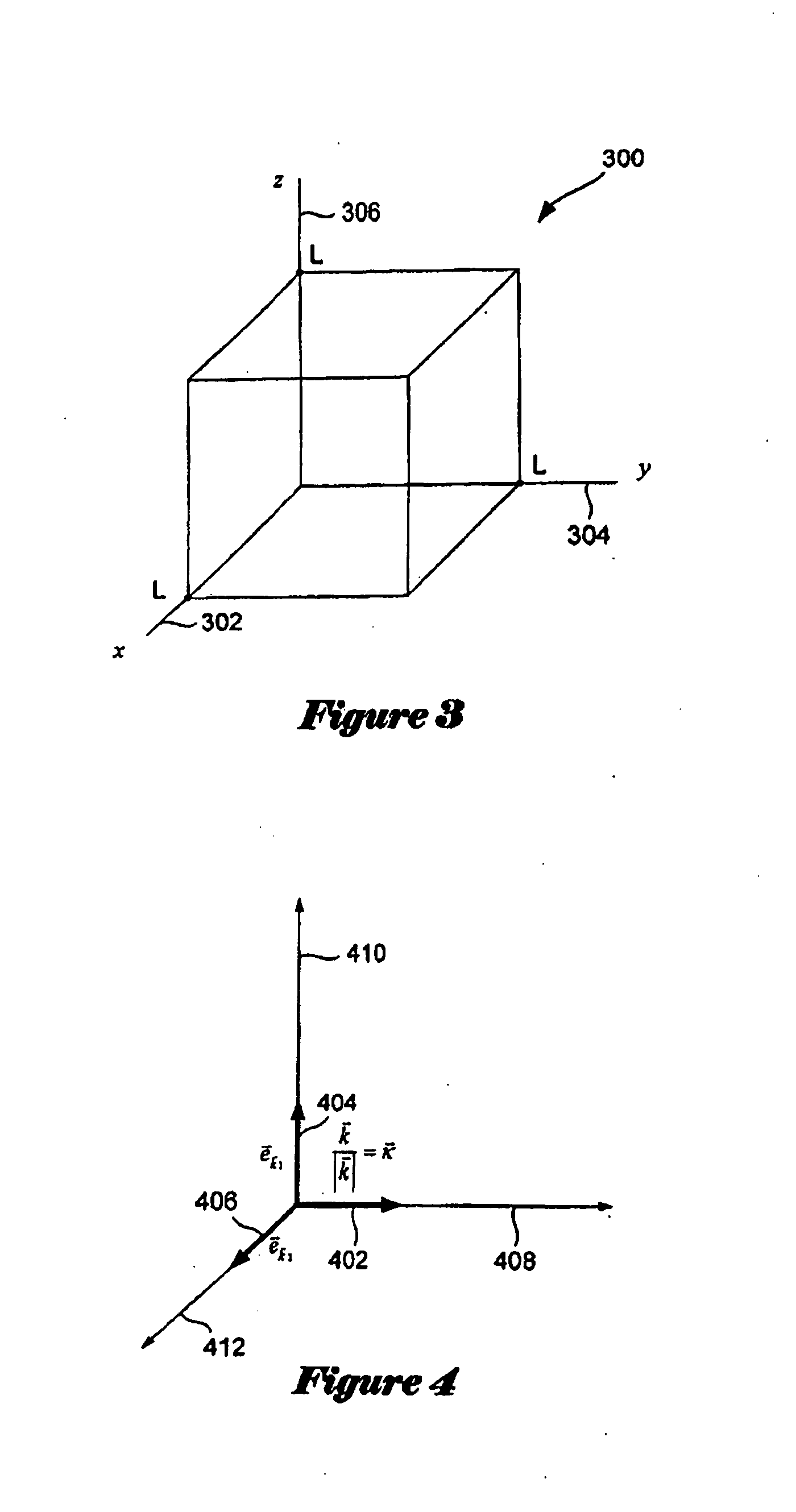Optical-based, self-authenticating quantum random number generators
a quantum random number and self-authentication technology, applied in the field of random number generators, can solve the problems of thermal noise, hardware-based rngs are not always reliable sources of random number sequences, and based rngs
- Summary
- Abstract
- Description
- Claims
- Application Information
AI Technical Summary
Benefits of technology
Problems solved by technology
Method used
Image
Examples
Embodiment Construction
[0042] Various embodiments of the present invention are directed to optical-based, self-authenticating QRNGs that can be used to generate a sequence of random binary numbers. Embodiments of the present invention include quantum-mechanical-based methods for evaluating and authenticating the randomness of the sequence and for removing biased binary numbers. Embodiments of the present invention are mathematical in nature and, for this reason, are described below with reference to numerous equations and numerous graphical illustrations. Although mathematical expressions, alone, may be sufficient to fully describe and characterize embodiments of the present invention to those skilled in the art of quantum optics and quantum information, the more graphical, problem oriented examples, and control-flow-diagram approaches included in the following discussion are intended to illustrate various embodiments of the present invention in a variety of different ways so that the present invention ma...
PUM
 Login to View More
Login to View More Abstract
Description
Claims
Application Information
 Login to View More
Login to View More - R&D
- Intellectual Property
- Life Sciences
- Materials
- Tech Scout
- Unparalleled Data Quality
- Higher Quality Content
- 60% Fewer Hallucinations
Browse by: Latest US Patents, China's latest patents, Technical Efficacy Thesaurus, Application Domain, Technology Topic, Popular Technical Reports.
© 2025 PatSnap. All rights reserved.Legal|Privacy policy|Modern Slavery Act Transparency Statement|Sitemap|About US| Contact US: help@patsnap.com



